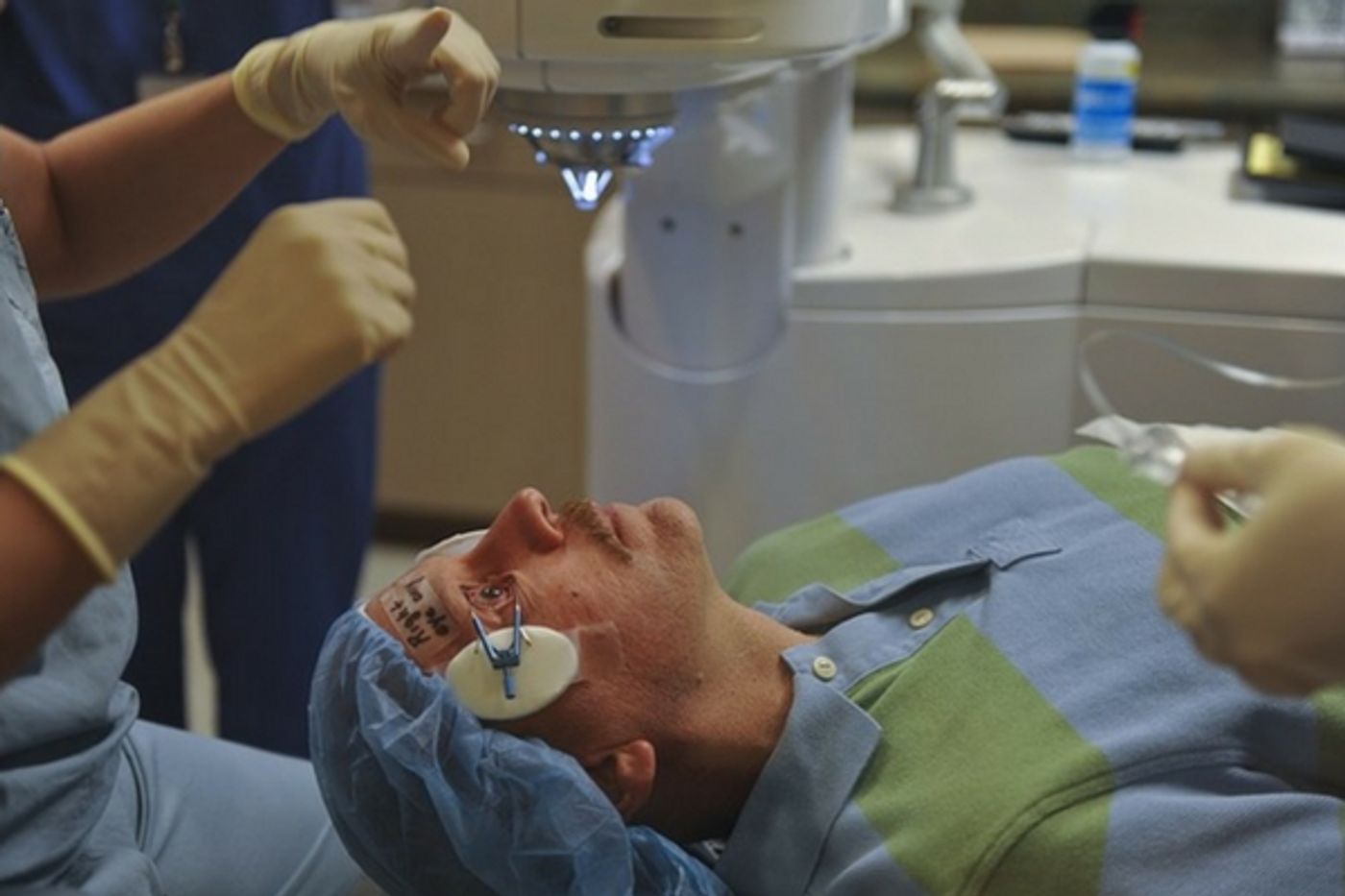Should Patients Be Awake During Brain Surgery?
For patients with Parkinson's disease or epilepsy, deep brain stimulation (DBS) can allow their tremors and seizures to abate somewhat. The procedure can improve the quality of life for these patients, and it's becoming routine in some hospitals.
Typically, the patient is awake during the surgery. This is because the placement of the electrodes depends on the patient's reaction. That might change, however, with a new study from Oregon Health and Science University.
It can take about 4-6 hours to correctly place the tiny electrodes into the brain, get feedback from the patient and then adjust accordingly. The patient is awake for this, but with new advances in brain imaging and mapping, it might soon be the same as most surgical procedures with the patient under general anesthesia.
While most patients would likely be much more comfortable having such a complex operation while awake, it still has to be safe, so researchers at OHSU wanted to see if patients did better, worse or the same after awake DBS versus asleep DBS. One of the side effects of DBS can be a decrease in speech fluency.
The study was made a bit easier because the policy at OHSU has been to perform DBS only while the patient is asleep. Before 2011, DBS was considered an awake surgery. The study looked at data from 69 patients, some of whom had the surgery in 2010 and were awake and the rest who had undergone DBS more recently, while asleep.
Dr. Kim Burchiel, a co-author on the paper, was the surgeon for all of the cases included in the study from 2010 as well as those patients who underwent the surgery more recently. He explained, "If the patient's outcome is not better or at least the same as awake-DBS, then you shouldn't be doing it. This article is really a watershed because we're in a position to say, why would you ever do an awake surgery if you can get the same results or better when the patients are asleep, and the patients' satisfaction is dramatically better?" The fact that Dr. Burchiel is involved is significant since he was one of the pioneers of DBS surgery and while it's now practiced in several hospitals around the country, he was one of the first doctors to do it, and his expertise is well known in the field.
In the awake version of the surgery, patients must endure having the brain accessed twice; once to probe the brain, so the electrodes are placed successfully, with patient feedback and then again to put the electrodes in the proper places. With newer more sophisticated brain imaging and mapping, the surgical team knows ahead of time where to best place the electrodes. The procedure is very popular at OHSU, with patients specifically asking to have the surgery while asleep. The video below features Dr. Burchiel talking about DBS brain surgery and how it can benefit patients, take a look.
Source: OHSU, AAN Journal Neurology, Portland Business Journal









